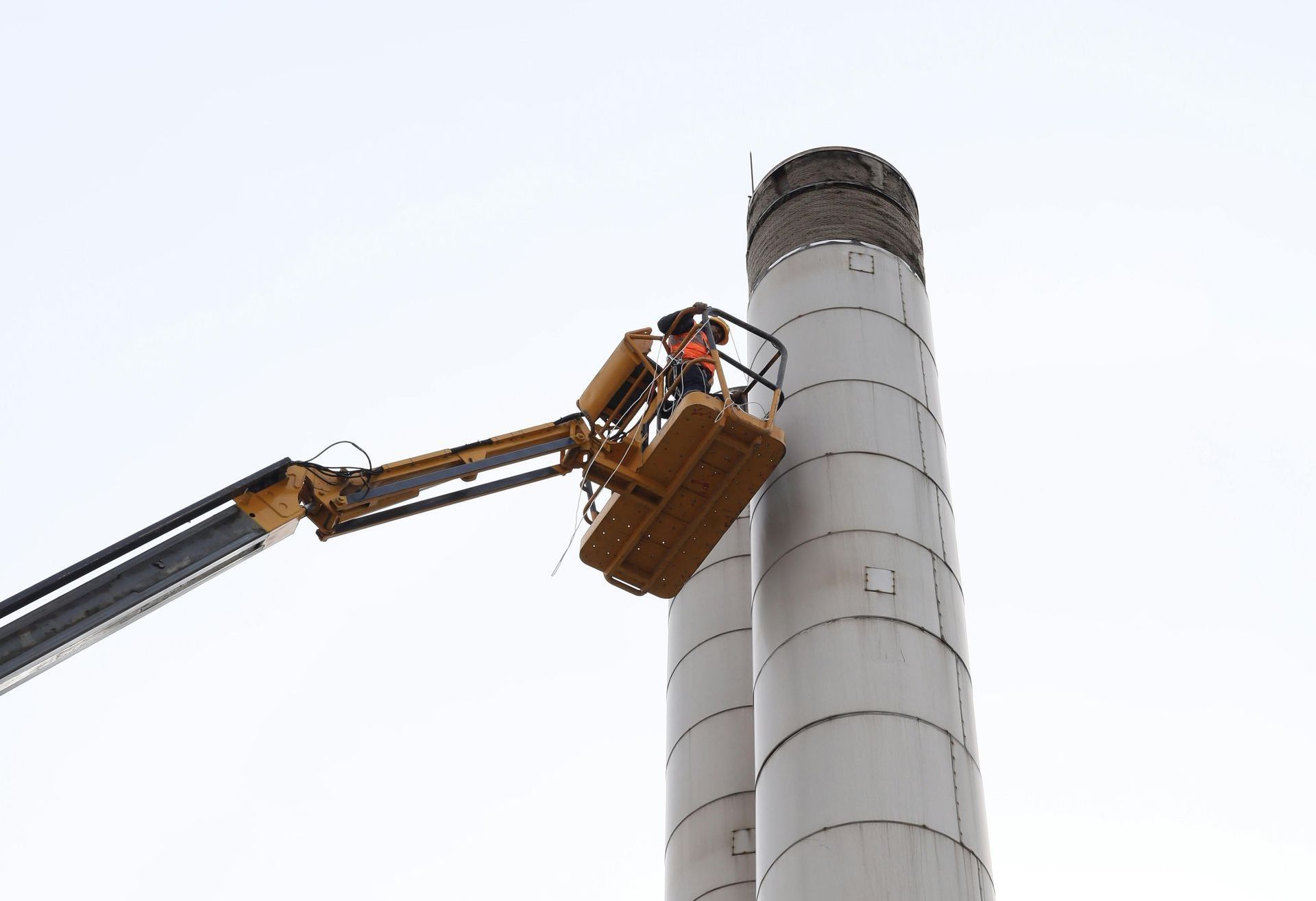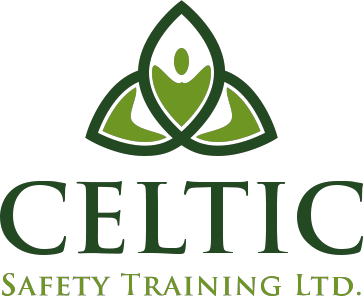Working at Height
Our Courses
Working at height refers to any work where an individual could fall from one level to another and potentially sustain injury. This includes tasks performed on ladders, scaffolding, roofs, or elevated platforms. Falls from height are one of the leading causes of workplace injuries, making it essential for workers and employers to understand the risks and adhere to safety practices. Working at Height Training equips participants with the knowledge and skills to work safely at height, comply with legal requirements, and prevent accidents in any high-risk environment.

Course Overview
The Working at Height course is designed to provide participants with a comprehensive understanding of the hazards associated with working at elevated levels and the control measures necessary to prevent falls. This training covers legal obligations, risk assessments, the correct use of safety equipment, and best practices for working safely at height. It is suitable for anyone who performs or supervises work at height, including those in construction, maintenance, telecommunications, and other industries where elevated work is common. Through a blend of theory and practical sessions, participants will gain hands-on experience with equipment such as harnesses, lanyards, and fall arrest systems, as well as learn how to properly plan and execute work at height activities.
Course Content
The training covers critical topics to ensure that participants are fully equipped to perform their duties safely:
Understanding Working at Height Regulations
- Overview of the Safety, Health and Welfare at Work (General Application) Regulations and the Work at Height Regulations.
- Legal responsibilities of employers and employees regarding work at height.
- Penalties for non-compliance and the importance of adhering to safety guidelines.
Hazard Identification and Risk Assessment
- How to assess risks associated with working at height in different environments.
- Identifying common hazards such as unstable surfaces, weather conditions, and equipment failure.
- Methods for minimizing risks and creating safe working conditions.
Fall Prevention and Fall Protection Systems
- Introduction to fall prevention techniques and the hierarchy of controls (avoid, prevent, arrest).
- The correct use of personal protective equipment (PPE), including harnesses, lanyards, and safety nets.
- Safe use of ladders, scaffolding, mobile elevated work platforms (MEWPs), and other access equipment.
Proper Use and Inspection of Equipment
- Understanding the different types of fall protection systems and when to use each.
- How to inspect, maintain, and store equipment to ensure it remains in good working order.
- Common faults in safety gear and how to address them.
Safe Working Practices
- Planning and organising work at height to minimize risks.
- Proper techniques for ascending, descending, and working on ladders, scaffolds, and platforms.
- Best practices for managing tools and materials when working at height to avoid falling objects.
Emergency Procedures and Rescue Plans
- What to do in the event of a fall or other emergency.
- Rescue plans and the importance of a quick response in case of an incident.
- First aid procedures for injuries related to working at height.


Why Should You Attend this Training?
Working at height poses significant risks, and this training is essential for anyone who works in elevated areas. By attending this course, you will:
- Prevent workplace injuries: Learn how to recognise and avoid hazards, minimizing the risk of falls and accidents.
- Comply with legal obligations: Ensure that your organisation meets the requirements of Irish health and safety laws related to working at height.
- Gain confidence with safety equipment: Develop practical skills in using harnesses, ladders, and other fall protection equipment, reducing the chance of equipment-related accidents.
- Promote a safety-conscious workplace: Improve overall safety culture by ensuring that all employees understand the importance of following safe working practices.
- Be prepared for emergencies: Learn how to implement effective rescue plans and respond to incidents quickly and effectively.
Frequently Asked Questions
Who should attend this course?
This course is ideal for anyone who performs, supervises, or manages work at height, including construction workers, maintenance teams, roofers, scaffolders, and those working in industries where elevated tasks are common.
Do I need prior experience to take this course?
No prior experience is required. This course is suitable for beginners and experienced workers who need a refresher on safety procedures for working at height.
How often should I renew this training?
It is recommended that workers renew their Working at Height training every 2-3 years or whenever there are changes in workplace conditions, equipment, or regulations.
Enroll Now
Do you want to join the safety representative training and become a better safety representative for your organization? Feel free to contact us today:
Phone:
+353 57 8640505
Email:
info@celticsafetytraining.ie
Address: Office 1 & 2, Camsaw Building, Unit 12, Portarlington Business Park, Canal Rd, Co Laois
